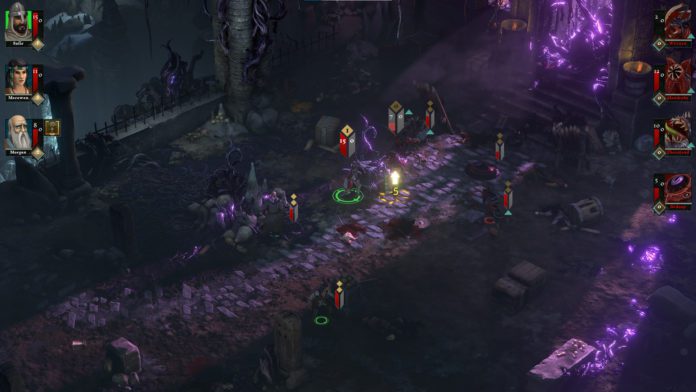REVIEW : The Hand of Merlin (PC)
In innumerable variations exists the narrative of King Arthur and his Chefs of the Round Table. The most common starter in the story is Camelot, the Holy Grail, Excalibur, or the forbidden love of Guinevere. Another cosmic evil that seeks to engulf the whole earth with horrendous creatures could emerge in H.P’s warped convolutions. But rather not Lovecraft’s brain. But that’s what it’s all about exactly. A fool with a tactical, revolving fight in the centre and a plot that is a mixture of King Arthur and science fiction terror. If you want a more classic version, see King Arthur: Knight’s Tale, the legend of Arthur’s reworking is very good but yet quite unfinished.
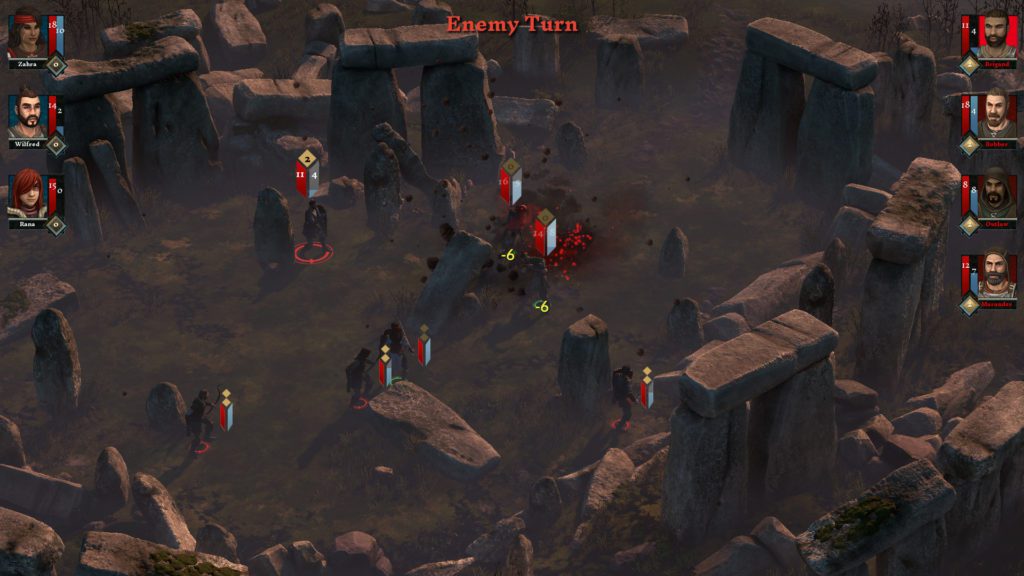
King Arthur is dead and abominations from another dimension are attacking the Earth. Fissures are popping up throughout the planet from where abominations are poured into the earth and people and the land are destroyed. The country is in ruins, Albion is controlled by a senile ruler, and even during this tough moment, people still fight one other. Merlin is weaker and doesn’t move throughout the earth, but can only teach us the route through whispers. The story tells of an endless of parallel worlds, all at the edge of the abyss while Merlin attempts to protect them – and is thus a bit worn out. We play three still unknown heroes, who receive a Merlin mission to Camelot and to take the Holy Grail to Jerusalem to restore the world and to eliminate the abhorrences. To do so, we need to go via four countries, Albion, France, Spain and the Holy Land lastly.
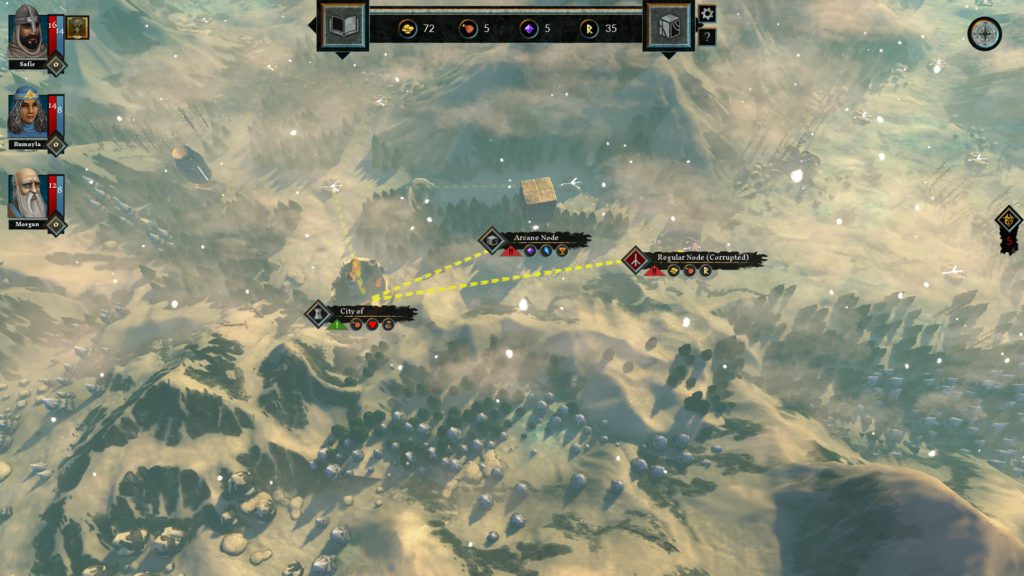
The main mechanics of the game is tactical combat based on turns. They are connected by a kind of system for choosing your own experience. We move on a map from road point to waypoint, and very often we have a choice of different paths, where on the map only the points we can expect to be known in advance while the actual event is produced by random means. The story is told in a book and we continue to decide which results differently. Chance chooses how our selection influences the plot in various respects. However, the presentation is quite transparent since we have to draw a random card at these stages, but we can see the contents of the cards in advance. One card will provide success while the horses sink into the fuck if we pull the other card, for example. We want to get the horse out of the mud and we have two cards. In this way, much more complex events are played with multiple cards. Much more intricate events involving numerous cards are played in that fashion. The book’s words are beautifully written, however, gamers who don’t like reading should consider buying the game two times.
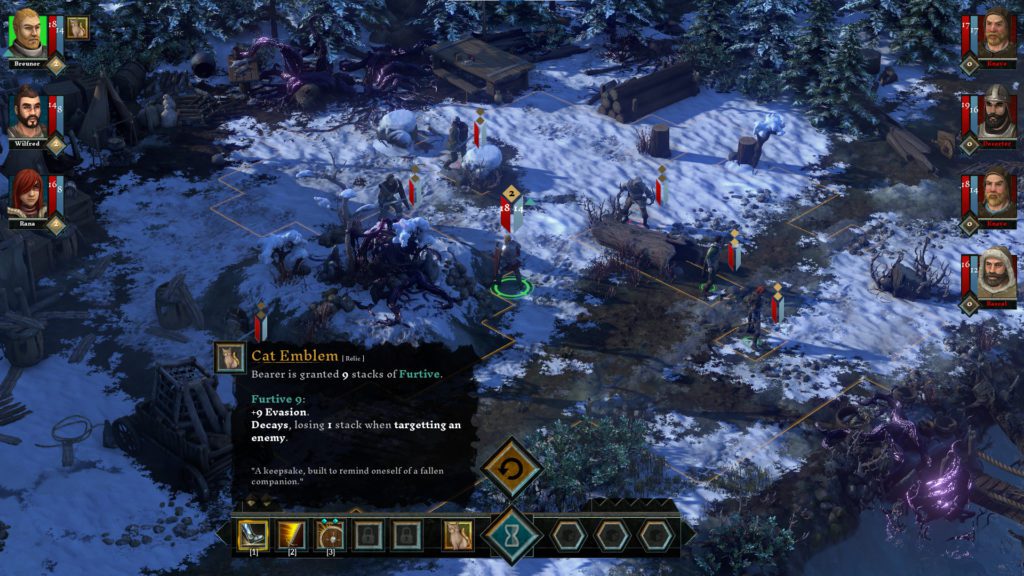
A random event is waiting for us at every place on the map, in which we choose our actions in several ways and show the results. All this, excluding fighting, is in written form. Soon we are engaged in this first round-the-clock fight, be it against robbers, tax collectors, deserters or otherwise abominable. We observe the area isometrically and can move, attack or employ any of our 3 heroes in any sequence, while plot points are available. Spells cost mana, barriers cover projectiles. In general, standing with your back to the attacker is not very advantageous. However, without getting hit in the back, it is feasible to move away from a foe.
During the battles, I liked the surroundings. It’s pretty different. Unlike similar games in which combat are constantly conducted on the same maps, there are clashes in the environment mentioned above. So we battle at inns, mountain routes, a prairie or a warehouse in several nations.
There are armour points for each character. The battle damages first absorb and after each battle regenerate. The next time a character is hit, he suffers from the armour points. Some special attacks also circumvent armour and diminish health instantaneously. Unfortunately, health points don’t fill between fights automatically, only a healer can aid here. Healers in most cities are available, but costly. You can undo your last move, but only if there are no side consequences, so you should wisely push the mouse button. He’s killed when one of the three heroes dies. To the next run, at least.
When you meet adversaries from the other dimension, they are instantly entered into the travel log and read by you at all times. Very useful. But with every fresh run, the book is still empty. Well, as only seven different abominations exist, otherwise, the monster half of the book would be quite rapid. You can unleash up to four relatively powerful spells within a protector cube – even for further runs – with the sometimes received essence. In the towns, we can use our gold to appeal to a healer, who is typically urgent. We can strengthen our blacksmith’s gear, buy food or relics for the remaining gold. You can also sell food or relics, however, the Holy Grail cannot be turned into gold. Believe me, I have tried it, and I haven’t long enjoyed this gold.
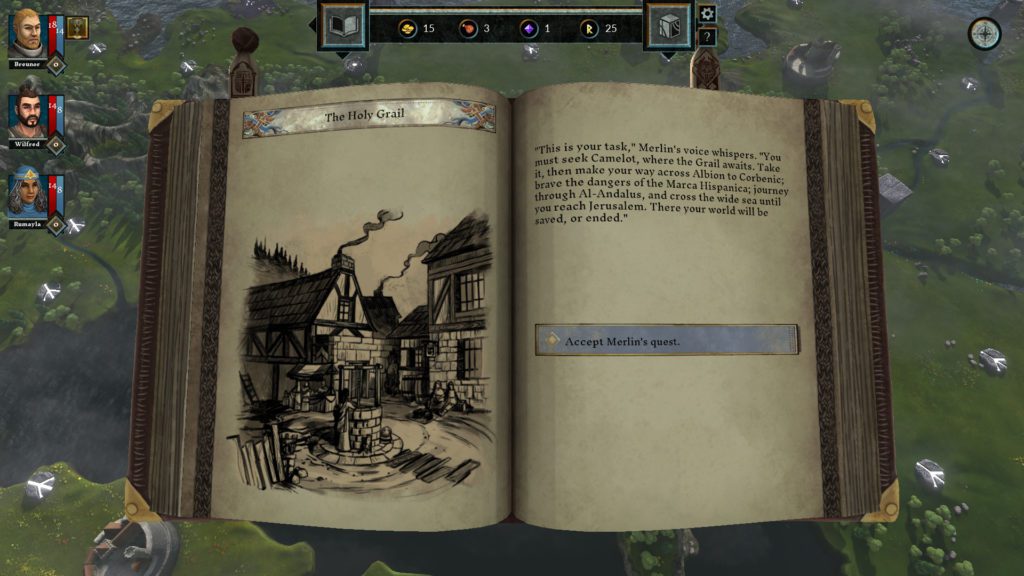
We have three important maps to cross and the scope is not excessively high. Choosing the quickest way is roughly 12 events on every map, just a few of which lead to fighting. There’s a considerably smaller fourth and last map. The maps are becoming increasingly difficult. Only seven monsters, plus some human foes, are of the parallel dimension in the entire game. For both novices and experienced players, two degrees of difficulty present a challenge. You can save the game, but it also leaves the game. It is possible to save and continue the following day, but reloading the game after an unhappy incident is not possible.

